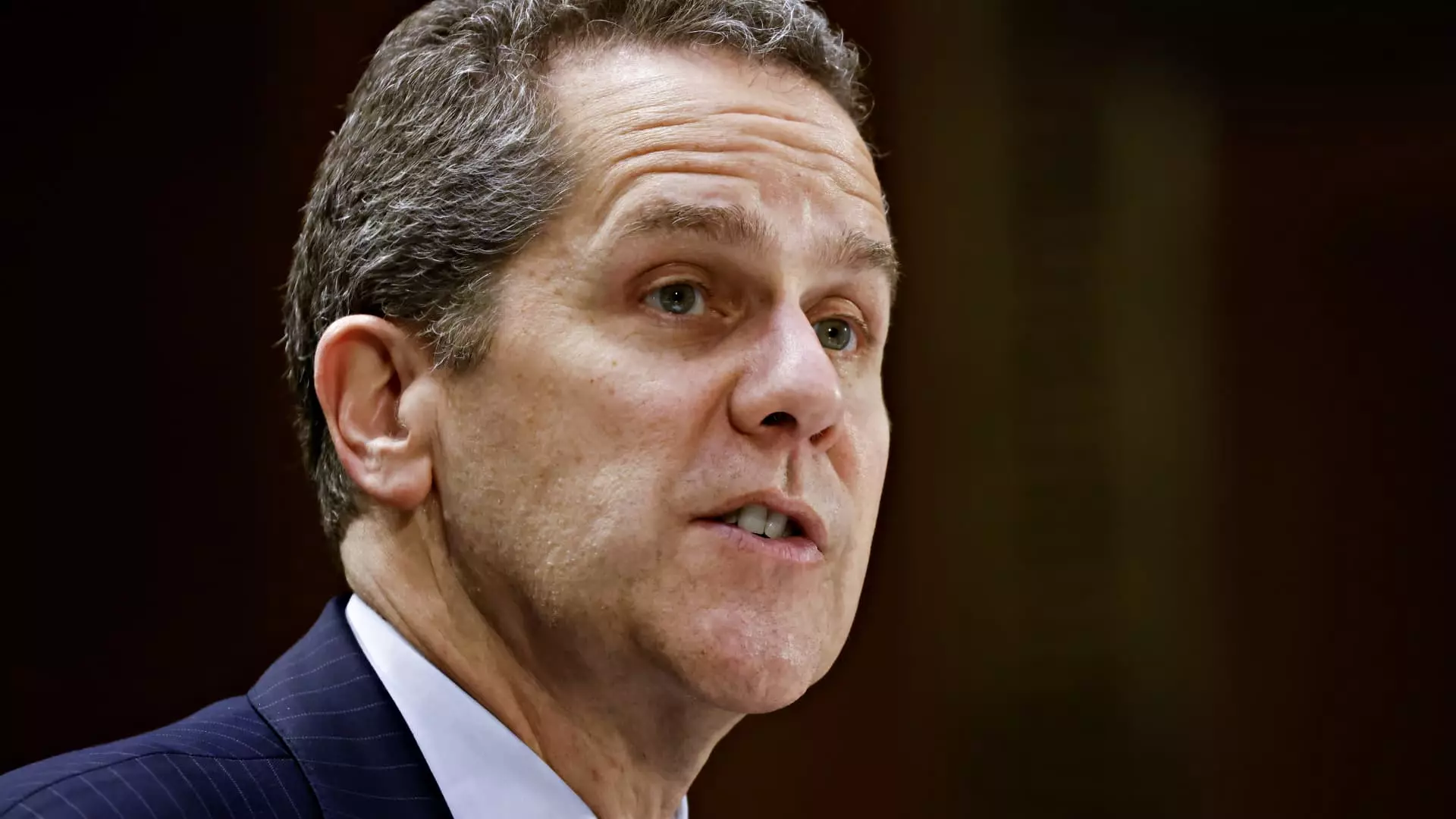The financial world is ever dynamic, and the recent announcement of Michael Barr’s resignation from his post as the vice chair for supervision at the Federal Reserve marks a significant shift in regulatory leadership. Set to officially leave his role by February 28, he will continue his duties as a governor on the Fed board until 2026. This resignation offers President-elect Donald Trump an opportunity to appoint a successor, potentially aligning with his administration’s desire for a more accommodating regulatory environment for banks. Barr’s decision to step down preempts what could have been a contentious confrontation following his replacement, allowing for a more favorable transition of power.
Barr’s tenure coincided with turbulent times for the banking sector, notably the crises faced by major institutions like Silicon Valley Bank at the beginning of 2023. Under his guidance, the Federal Reserve had to react decisively, forming a liquidity facility in an attempt to mitigate widespread financial panic that could have resulted from the collapses of these banks. Although aimed at maintaining stability, his approach wasn’t without controversy. The financial industry often criticized his regulatory efforts, particularly amidst the ongoing discussions around new rules collectively referred to as the “Basel endgame.”
In the wake of Barr’s resignation announcement, financial markets expressed optimism, as reflected by a rise in bank stocks. The SPDR S&P Bank exchange-traded fund, a proxy for major banking institutions, saw a notable increase of over 1%. Such reactions indicate that traders may be anticipating a regulatory shift toward more lenient oversight, which could invigorate the banking sector after years of stringent regulations following the 2008 financial crisis. This market optimism underscores the pivotal role that regulatory sentiment plays in financial investment and strategy.
As Trump gears up to appoint a new vice chair for supervision, speculation abounds regarding the candidates he may choose. Given the limited structure of the Federal Reserve, which is capped at seven board members, the selection will likely come from existing appointees or new nominees who align with the administration’s pro-business stance. A key element to consider is the legacy of Barr’s tenure and how an incoming appointee might reshape the regulatory landscape. Striking a balance between sound oversight and fostering a conducive environment for economic growth will be essential.
The interplay between regulatory oversight and banking operations is not merely a bureaucratic affair; it is critical to the broader economic fabric of the nation. As the Federal Reserve transitions to new leadership, the need for a thorough and thoughtful approach will be paramount. The incoming appointee will face the daunting task of reinforcing financial stability while also accommodating the demands of a rapidly evolving financial industry. The impact of this leadership change will reverberate through the economy, affecting not just financial markets but also the everyday lives of Americans relying on stable banking structures.

Leave a Reply